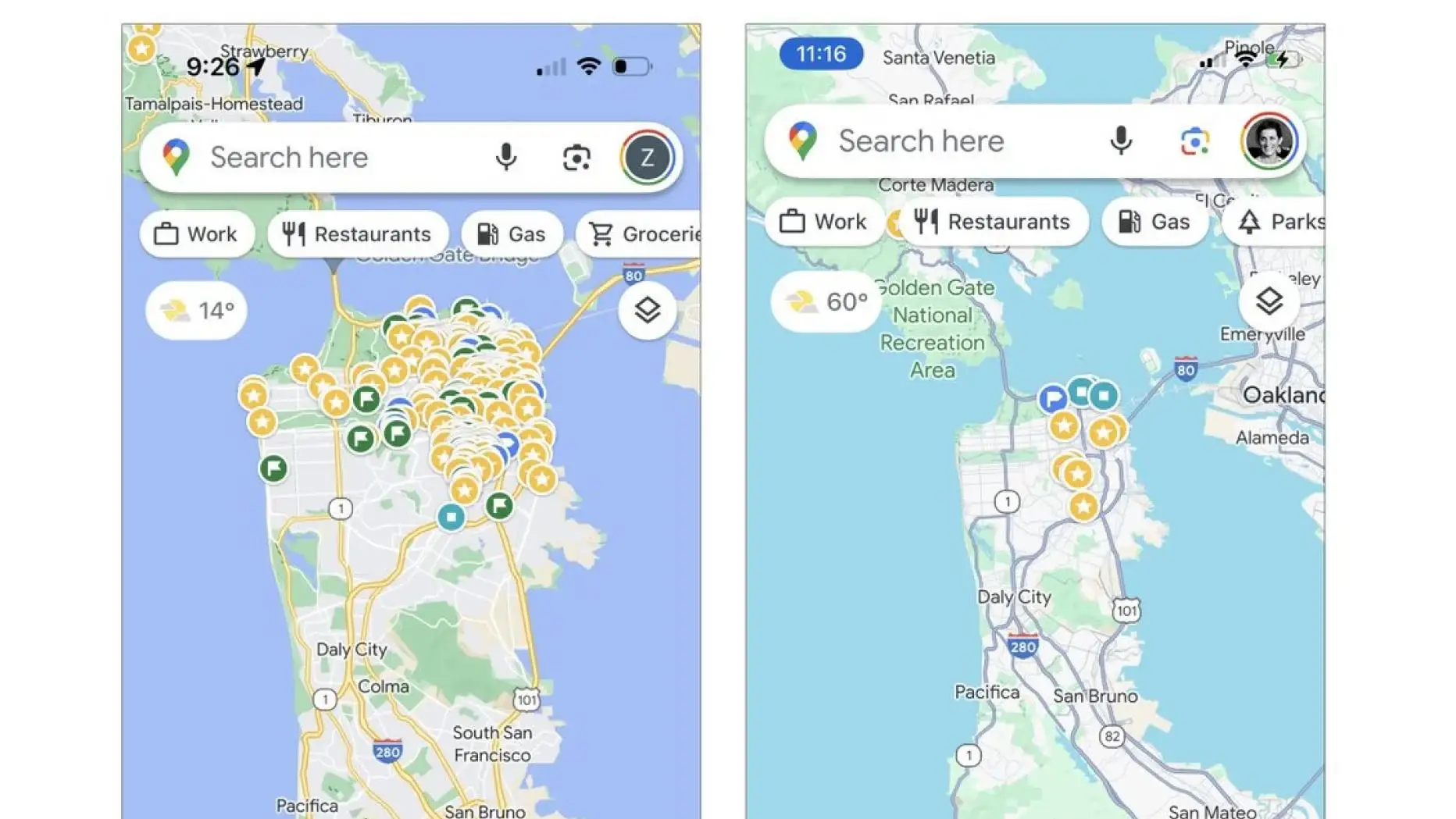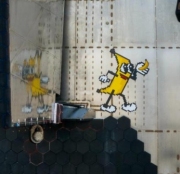 aleX fotografiert: Ein Wintermärchen am Obertrumer See
aleX fotografiert: Ein Wintermärchen am Obertrumer See
Am ersten Schneetag des Jahres verwandelte sich der Obertrumer See in ein zauberhaftes Winterwunderland.


 Elizabeth Laraki @elizlaraki
Elizabeth Laraki @elizlaraki aleX fotografiert: Ein Wintermärchen am Obertrumer See
aleX fotografiert: Ein Wintermärchen am Obertrumer See
 Ist SpaceX verrückt geworden? Warum Starships Fracht eine einzelne Banane war
Ist SpaceX verrückt geworden? Warum Starships Fracht eine einzelne Banane war
Du hast bereits für diesen
Kommentar abgestimmt...
;-)
© by Ress Design Group, 2001 - 2024
